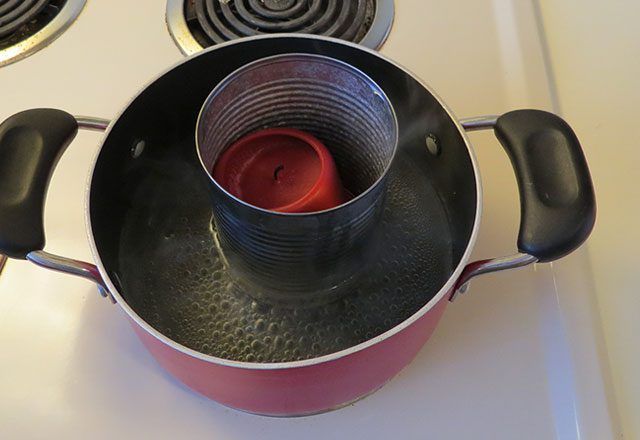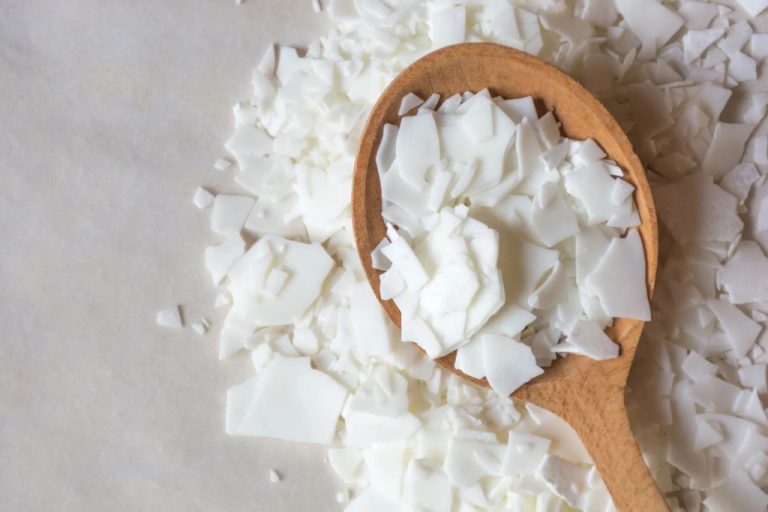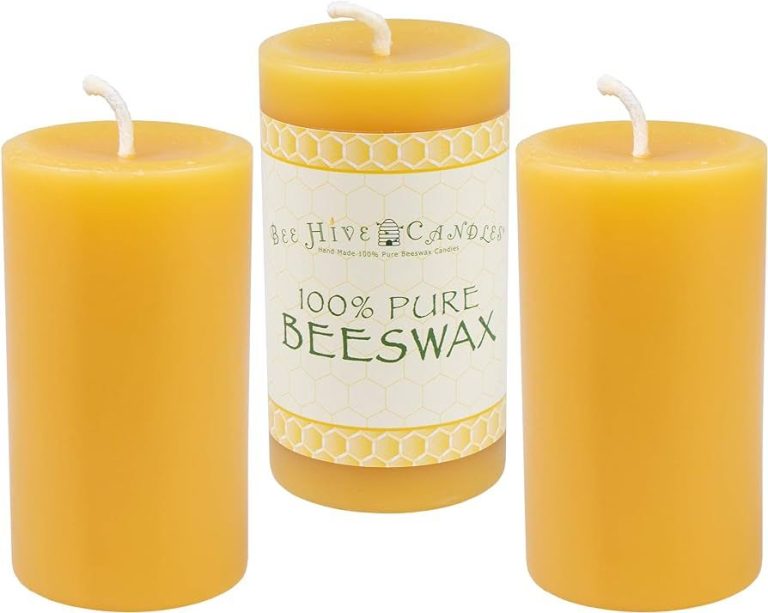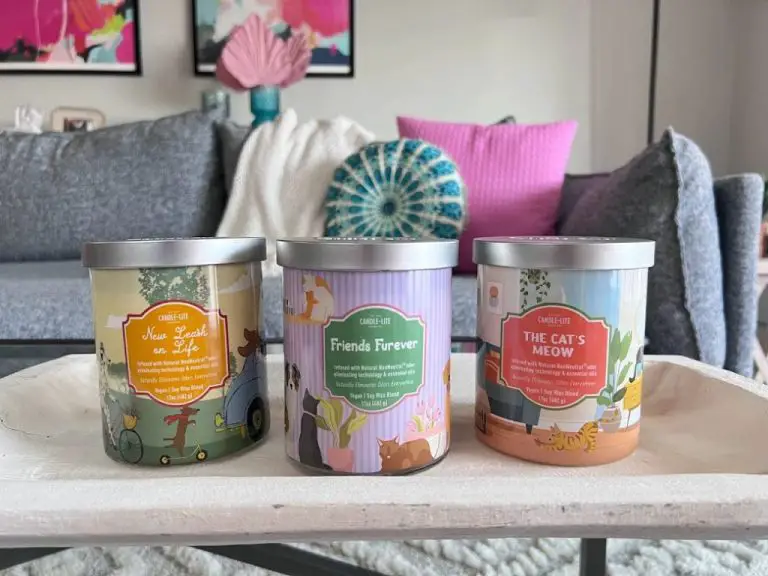What Material Can Be Used As A Wick?
A wick is a cord or string material used to draw fuel up to the flame in
oil lamps, candles, and other types of fuel-burning devices. The primary purpose of a wick is to deliver the fuel to the flame at a controlled rate in order to produce an even and consistent flame for light and heat. Wicks work through capillary action, where the stranded fibers of the wick material draw liquid fuel up to the burning tip by absorbing and dispersing it.
Wicks are a vital component in lamps and candles. Without a wick, the fuel would not be able to travel up to the flame zone and sustain combustion. The wick also influences factors like the brightness and size of the flame. Choosing an appropriate wick width and material is important for any fuel-burning device to function properly and safely.
Cotton
Cotton is one of the most commonly used materials for wicks due to its highly absorbent nature. As a natural plant fiber, cotton effectively pulls liquid through the wick via capillary action. The fibers swell as they absorb the liquid, creating more space for additional fluid to pass through.
Cotton’s popularity also stems from its affordability and accessibility around the world. It’s a renewable and biodegradable resource that can be harvested annually in many countries. The cotton plant produces fluffy balls of fiber that are spun into yarn and threads ideal for wick production.
Soft, durable, and inexpensive, cotton makes an excellent beginner wick for candles, oil lamps, or other liquid-fueled fire starters. It’s versatile enough to be shaped into braided, knit, or twisted wicks. Cotton works well on its own or blended with other fibers. Just be mindful of properly priming and maintaining cotton wicks, as they can develop black soot if burned too long without trimming.
Paper
Paper is a common and readily available material that can be used effectively as a wick. Paper is composed of plant-based cellulose fibers that provide an absorbent texture capable of drawing liquid fuel up via capillary action. The porous nature of paper allows it to act as an excellent conduit for transferring fuel.
Paper can be found in numerous forms in most homes and offices, making it a convenient option when a wicking material is needed. Everything from paper towels, napkins, tissue paper, printer paper, newspapers, paper bags, cardstock, and construction paper can potentially serve as a homemade wick. The ubiquity of paper products means there is often some type of paper within arm’s reach.
Wood
Wood is an excellent natural material that can be used as a wick due to its porous and absorbent fiber structure. Wood wicks work by pulling the fuel up through the small capillaries in the wood grain. As the fuel saturates the wood fibers, the capillary action creates a constant flow to the flame. Different types of wood will wick at different rates depending on the size and shape of the grain pattern. Softwoods like pine, fir, and cedar tend to work better than hardwoods which have a tighter grain structure.
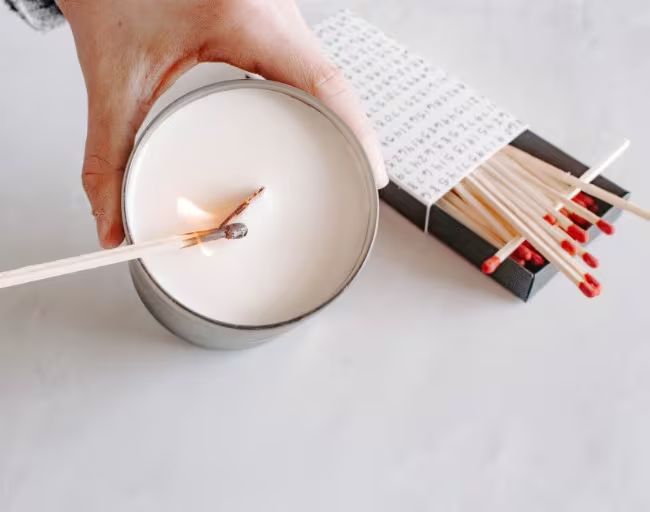
Wood-based wicks have been used for centuries in candles and oil lamps. Wood’s natural absorbency, renewable availability, and ability to char as it burns make it an ideal wicking material. According to research by Solomon (2020), wood wicks were found to improve heat transfer rates by up to 35% compared to conventional wicks. The study concluded that wood’s unique capillary structure improves liquid fuel delivery to the heat source.
Additional research on using wood as a wick material was conducted by Lair et al. (2003). This study highlighted the suitability of wood due to its highly porous fiber arrangement. The researchers found the grain patterns in wood resulted in superior wicking ability compared to synthetic materials.
Hemp
One of the most commonly used materials for wicks is hemp fiber. Hemp is a natural plant material that comes from the fast-growing Cannabis sativa plant (source: https://hemptique.com/pages/what-is-hemp-wick). Hemp fiber is very absorbent yet also slow-burning, making it an excellent choice for wick material. The fibers soak up melted wax or oil well and hold the fuel to provide an even, consistent burn. Hemp wicks typically burn at a lower temperature compared to butane lighters, allowing for smoother hits and fuller flavor profiles when smoking cannabis (source: https://naturalmysticrolling.com/8-benefits-of-hemp-wick/). Hemp wick is also more environmentally friendly and natural than plastic butane lighters.
Linen
Linen is an absorbent natural fiber that comes from the stalk of the flax plant. When processed, it becomes a durable and lightweight fabric that works well as a wick. The natural absorbency and capillary action of linen fibers allow it to soak up and disperse liquid efficiently.
Research has shown linen’s effectiveness as a wicking material. One study found that covering the basin of a solar still with black linen cloth increased daily yield by 25.7% (Sharshir et al., 2024). The linen wick absorbed and transported water to aid evaporation.
Ropes and Twine
Ropes and twine made from natural fibers like cotton, hemp, jute, and linen make excellent wick material. The sturdy twisted fibers allow the wick to remain stiff and upright, promoting even burning. Natural fiber ropes burn slowly and consistently, making them a popular choice for oil lamps, tiki torches, and other applications that require a thick, durable wick[1]. When using rope or twine, it’s best to loosely braid or twist strands together to maximize surface area and capillary action. Just be sure to remove any errant fibers sticking out to prevent clogging the fuel reservoir. With the right preparation, rope wicks provide a time-tested way to harness the power of fire.
Reeds
Reeds refer to tall, hollow-stemmed grasses that grow in wetlands. Common reed species used for wicks include Phragmites and Arundo. According to Wikipedia, “Bamboo and, even more commonly, rattan stems are used as ‘reed sticks’ to wick and disperse the scent of essential oils in aroma diffusers.” (https://en.wikipedia.org/wiki/Reed_(plant)).
The hollow, tubular stems of reeds naturally absorb liquids through capillary action, making them ideal materials for wicks. Their stiff stems provide sturdy support for wicks in candles, oil lamps, and diffusers. Historically, reed stems were bundled together and dried to make torches. Today, reeds continue to be a popular natural wicking material due to their absorbency, stiffness, and availability.
Metal Wicks
Metals like copper, zinc, and steel can also be used to create wicks. These metals are conductive, meaning they can transfer heat efficiently throughout the wick. This allows the wick to burn steadily and evenly.
Metals need to be formed into a porous material first before they can soak up and transport fuel. This is often done by rolling up sheets of metal very tightly, or weaving thin metal wires together. Steel wool is a common example of a porous metal material that can work well as a wick. The fine interwoven metal fibers provide plenty of space for fuel to travel while still conducting heat evenly.
Copper and zinc in particular make excellent wick materials as they have high thermal conductivity. This allows them to rapidly spread heat throughout the wick for an even, consistent flame. These metals are also somewhat malleable, meaning they can be flattened or formed into different shapes fairly easily. This allows wicks made of copper or zinc to be customized to fit specific candle holders or lamps.
Overall, metals like copper, zinc, and steel wool can make durable, long-lasting wicks due to their conductive properties and strength. Their ability to evenly distribute heat makes them ideal for applications requiring a steady, consistent flame. With some additional processing into a porous form, metals provide another reliable option for wick materials.
Conclusion
The best wick material depends on the type of candle or purpose. For most soy candles, cotton is an excellent all-around choice as it’s affordable and burns cleanly. Paper and wood wicks create a natural, crackling flame but may produce more soot. Hemp and linen work very well for beeswax or tallow candles. Metal wicks allow the wax to burn completely but can get too hot without proper precautions.
In summary, natural fibers like cotton, hemp and linen make the best wicks for most candlemaking. Paper and wood add ambiance but require extra care. Rope fibers work for basic outdoor needs. Metal wicks enable full wax consumption but the high heat requires caution. Testing different wick materials to find the best match for your wax type and desired results is recommended.

